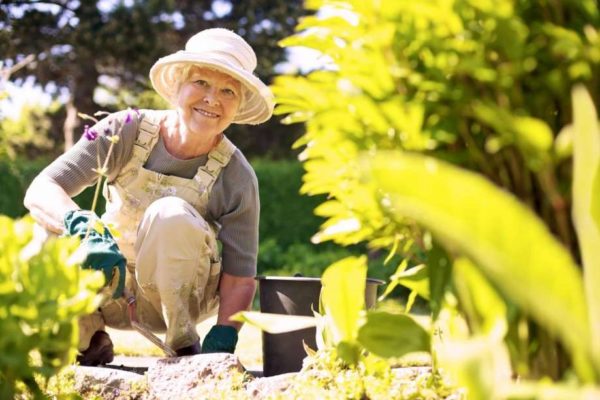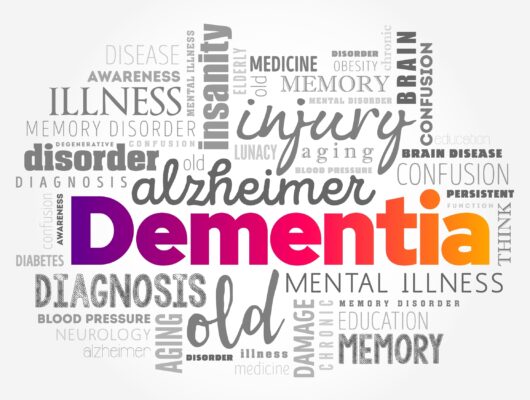Clinical depression in the elderly is common, but that does not mean it’s something to be ignored. It’s estimated that 7 million Americans 65 and older suffer from some form of depression, but only 10% of them receive treatment.
Depression in the elderly differs from that in younger adults because it often occurs along with other medical illnesses and lasts longer. Depression doubles the risk of cardiac disease in the elderly and increases their risk of death from illness. It also reduces an elderly person’s ability to rehabilitate.
Research indicates that brain chemistry, genetic make-up and stress all can contribute to depression. Factors that increase the risk of depression in the elderly include being female, unmarried, divorced or widowed; lack of a supportive social network; and stressful life events such as losing a loved one, a relocation, or retirement. Physical conditions like stroke, diabetes, cancer and chronic pain further increase the risk.
Symptoms of depression are similar at any age: ongoing feelings of sadness or helplessness, excessive sleeping or insomnia, loss of interest in once pleasurable activities, social withdrawal, aches and pains, lack of concentration or poor memory and thoughts of death and suicide. The suicide rate for people age 80-84 is twice that of the general population. Many times the symptoms of depression in older adults are overlooked and considered a normal part of aging, and no treatment is sought. However, there are options available including antidepressant medication, psychotherapy and in severe cases, electroconvulsive therapy that can greatly improve the condition. Other simple steps to reduce late-life depression include trying to prepare for major life changes as much as possible, engaging in regular social contact with family and friends and adopting a healthy diet and exercise schedule.
Depression should not be suffered through. Seeking treatment for depression, starting with a primary care physician, can greatly improve one’s quality of life, even in later years.





